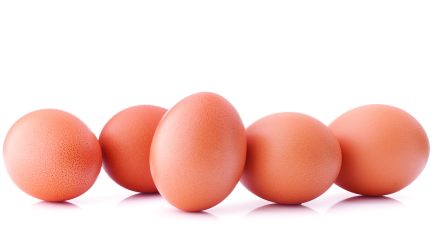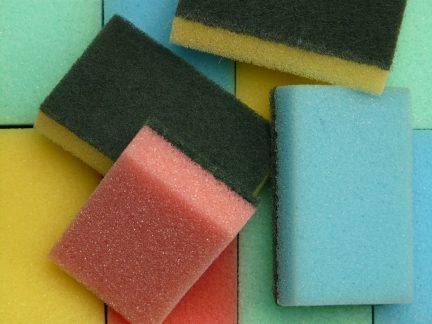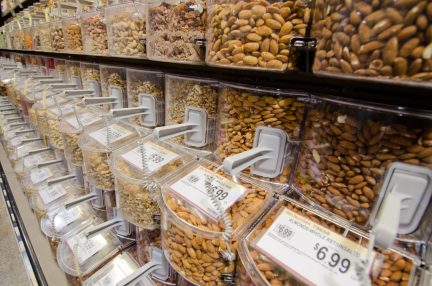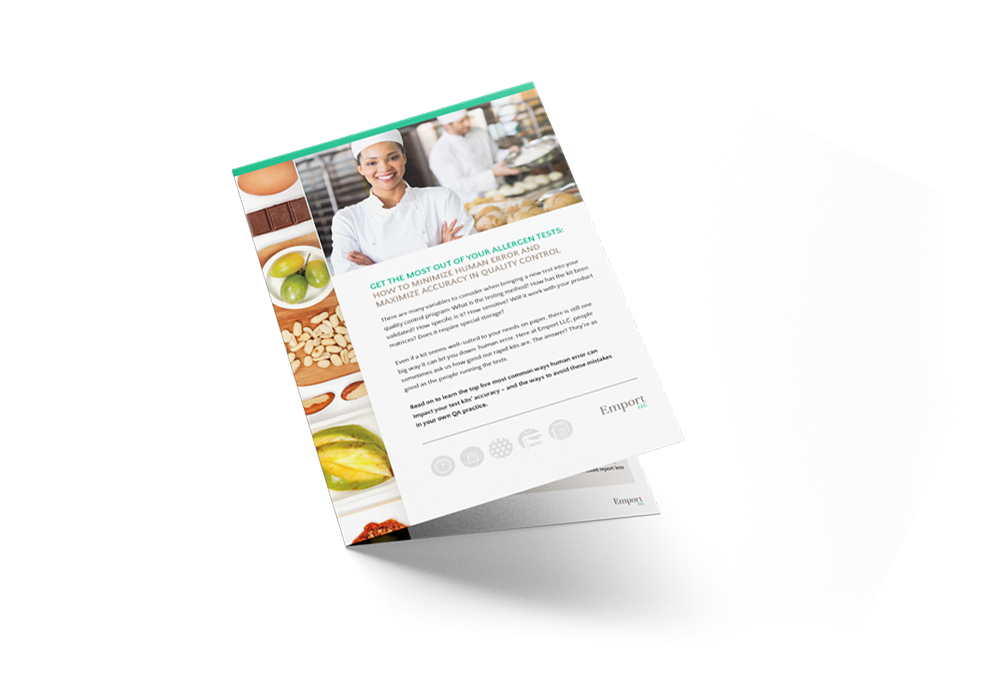Summer is a time to keep learning and prepare for your next school science fair!
Science is sometimes regarded as a just a required subject but it really part of everyday life! Problem-solving, critical thinking, logical reasoning, communication and project management are some of the most important skills students learn in school, and science fair projects can assist with all of these. Even more importantly, they can help children who need to eat gluten free (or share a home or classroom with a Celiac or otherwise gluten intolerant person) understand the world around them. Today’s experiment shows how GlutenTox can detect cross-contamination in our foods to help individuals live a safe gluten-free lifestyle.
With nearly 20 million Americans diagnosed with food allergies and/or celiac disease, it has become more evident that people need to become more vigilant in how meals are prepared and the ingredients that they purchase. Even with quality control standards, cross contamination or accidental contamination of foods still occurs. These concerns provide our students the opportunity for analysis on a subject that truly affects members of their community, their peers, and in many cases the student running the experiment.
Today, we are going to focus on gluten contamination specifically. The FDA requires that packaged food must contain less than 20ppm and that any gluten present must be as a result of unavoidable cross-contact only (not knowingly included from a minor ingredient). These regulations are crucial for those living with Celiac disease to help identify possible threats to their health and safety.
Safely manufactured food can only take us so far, as many meals are prepared in shared kitchens (at home, at the cafeteria, or in a restaurant). From this possibility of gluten contamination in food preparation, we developed the idea for a Science Fair project! In this case we will create our own cross-contamination of a gluten-free product to prove that not following proper cleaning procedures can cause higher levels of gluten content.
Our Science Fair Project:
The Hypothesis: Preparing gluten-free foods on a surface previously used for foods containing gluten, without following proper cleaning guidelines, will contaminate gluten-free food in a way that is dangerous for someone with celiac disease.
What you will need: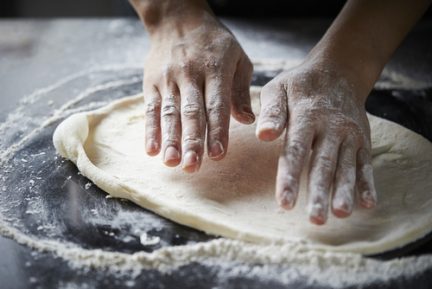
- GlutenTox Home Test Kit (5 test kit)
- Large Cutting Board
- Two Clean, Gluten-Free Containers
- Approximately 1/4C Wheat Flour or other Gluten Source
- Gluten Free Dough (buy pre-packaged, or make from a mix. You can use pizza dough or play-dough, either will demonstrate our point)
What we are going to show is that a pizza shop that sells both traditional pizza containing wheat and also gluten-free pizza can easily cross contaminate if the proper cleaning procedures are not followed. A standard pizza shop uses flour to dust surfaces and also to place on the pizza paddle to allow easy sliding into the oven. These surfaces are continually contaminated: what happens when an order arrives for a gluten free pizza?
Step 1: Prepare our workspace
First start by washing your hands and sanitizing any and all surfaces that our experiment may have contact. Organize all of the needed items, keeping our Wheat Flour in a separate location until it is needed.
Step 2: Testing our first sample
We first need to prove that gluten-free dough is in fact gluten-free. This will show that cross-contamination is to blame for gluten found in our sample later. To collect a sample of our gluten-free dough, use the plastic spoons provided in the kit or a scale to weigh 1g of dough. Follow the instructions given with your ![]() kit to run the full test. We recommend running the test at 5ppm as listed in the instruction manual, and keeping all tests at this level for consistency.
kit to run the full test. We recommend running the test at 5ppm as listed in the instruction manual, and keeping all tests at this level for consistency.
At this point we are going to cut our dough in half and place one half in a clean and sealed container to ensure that it remains uncontaminated. The other half will be used in our next step.
If the first test is positive for gluten, we suggest running a second test to 20ppm. If the second test is still positive: your gluten-free dough is not gluten-free! However, when an adjustment is made, be sure to adjust your second test to 20ppm as well.
Step 3: Creating a Pizzeria Environment
To begin we are going to mimic the preparation of traditional pizza on our surfaces. We are going to simulate this by sprinkling 1Tbsp of our wheat flour onto our cutting board, then using our hand to quickly brush that flour off into the sink. Wash your hands, then take the open half of dough and knead it on the contaminated surface. After sufficient kneading and stretching on the surface to simulate pizza preparation, take a sample from our dough.
Step 4: Testing your second sample
Follow the instructions in your ![]() kit to run the full test. As we did above, we are going to test to 5ppm. Do you see a pink line? If so, your dough has been contaminated with gluten!
kit to run the full test. As we did above, we are going to test to 5ppm. Do you see a pink line? If so, your dough has been contaminated with gluten!
You may wish to test how different degrees of cleaning impact gluten, for example wiping with a damp cloth, wiping with a sponge that has already been used to wipe down heavily floured surfaces, or using a dishwasher. You will need fresh dough for each new surface.
Step 5: Conclusion
By now you should have proven our hypothesis: without following proper cleaning guidelines, cross-contamination can place our gluten-free food out of the realm of truly gluten-free, with an unsafe level of gluten content.
Tips for successful testing!
- We suggest you test for gluten at the lowest threshold of 5ppm. Most importantly, be consistent with all your tests.
- Follow all instructions listed in the manual, especially in regards to quantities and timing.
- It’s important to analyze the test strips promptly at 10 minutes. After that, results can appear to shift: faint positives can fade or appear, and strong positives will fade a bit over time. Take a photo for use in your Science Fair report.
- If you want to repeat the experiment, you’ll need to plan for purchasing additional tests.
Interested in exploring our Science Fair resources?

Need to test for gluten at home?
Commercial-quality, user-friendly. Clear results in less than 20 minutes.

